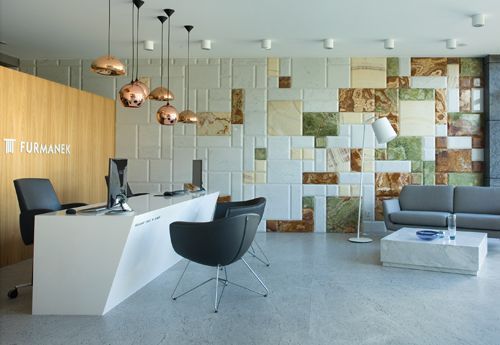Designing a showroom is a rather different kind of task to designing other interiors for the retail/wholesale trades. It requires a layout that should appeal to others who work in the design field – professionals who work on the designs of offices, hotels, shops and restaurants. So how should tiles, stones, furniture and floors be displayed to entice designers or property owners into buying them? And who better to turn to for the answer to this question than those designers and studios who have already been there and done that?
The greatest challenge
According to the interior designers I have spoken to, the greatest challenge when designing a showroom is to ensure that it successfully integrates a number of aspects: the product range chosen by the sales staff, the company’s policy and philosophy, the latest trends and the designer’s own style.
“The design is not a hundred percent subordinated to the traders, although working with them is necessary at every st































































